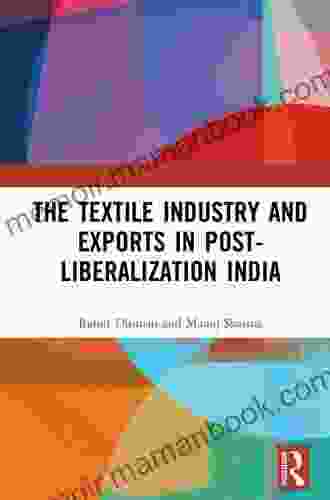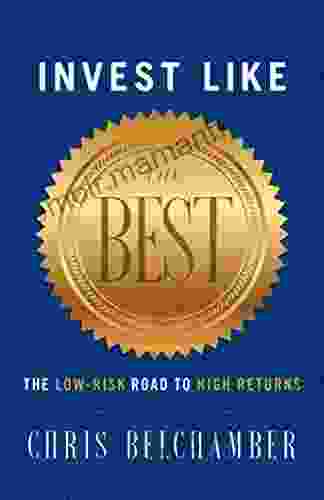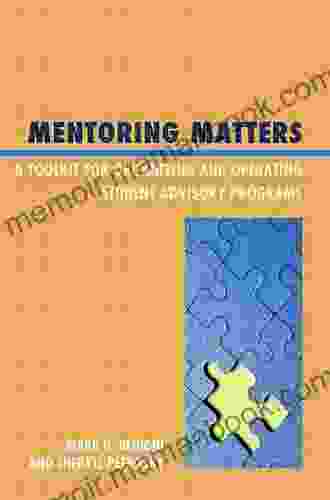The Textile Industry and Exports in Post-Liberalization India: A Comprehensive Analysis

5 out of 5
| Language | : | English |
| File size | : | 2491 KB |
| Screen Reader | : | Supported |
| Print length | : | 166 pages |
The textile industry has been a cornerstone of the Indian economy for centuries, playing a vital role in providing employment and contributing to exports. However, the industry underwent profound changes following the implementation of economic liberalization policies in 1991. This article aims to provide a comprehensive analysis of the textile industry and exports in post-liberalization India, examining the key transformations, challenges, and opportunities that have shaped the industry in this era.
Key Changes in the Post-Liberalization Era
The post-liberalization era brought about significant shifts in the textile industry, including:
- Removal of Import Restrictions: The government removed import restrictions on textiles, allowing for greater competition from international players.
- Reduction of Tariffs: Tariffs on textile imports were substantially reduced, further intensifying competition in the domestic market.
- Investment in Technology: Liberalization led to increased investment in modern technology, which improved productivity and efficiency in the industry.
- Outsourcing and Globalization: The globalized economy facilitated outsourcing of textile production to countries with lower labor costs, leading to a shift in the industry's geographical distribution.
Challenges Faced by the Industry
While liberalization brought opportunities, it also posed challenges for the textile industry:
- Increased Competition: The influx of imported textiles and the emergence of global competitors put pressure on domestic producers, who had to compete on price and quality.
- Labor Unrest: The shift towards a more competitive market led to increased pressure on labor costs, resulting in labor unrest and strikes.
- Environmental Concerns: The rapid growth of the industry and the use of synthetic fibers raised concerns about environmental pollution and waste disposal.
- Infrastructure Bottlenecks: Inadequate infrastructure, such as reliable power supply and efficient transportation systems, posed challenges to the efficient operation of textile mills.
Opportunities and Growth in the Industry
Despite the challenges, the post-liberalization era also presented opportunities for the textile industry:
- Increased Exports: The removal of export restrictions and the reduction of tariffs facilitated the growth of textile exports to international markets.
- Technological Advancements: The adoption of new technologies led to improvements in productivity, reduced costs, and enhanced product quality.
- Diversification: The industry diversified into different segments, including technical textiles, home textiles, and specialty fibers.
- Government Support: The government provided financial assistance, incentives, and export promotion schemes to support the growth of the industry.
Current State of the Industry
Today, the textile industry in India is a vibrant and dynamic sector, contributing significantly to the national economy. The industry employs millions of people and generates substantial foreign exchange through exports. The industry has also become more technologically advanced and has adopted sustainable practices to address environmental concerns. However, challenges remain, such as the need for further investment in infrastructure, skill development, and innovation to maintain global competitiveness.
The textile industry in post-liberalization India has undergone a remarkable transformation, characterized by both challenges and opportunities. The removal of import restrictions and the reduction of tariffs have intensified competition but also stimulated investment in technology and exports. The industry has faced challenges related to labor unrest, environmental concerns, and infrastructure bottlenecks, but it has also benefited from government support and diversification. As the industry continues to evolve, it is essential for stakeholders to address the remaining challenges and embrace new opportunities to ensure the continued growth and competitiveness of the textile sector in India.
5 out of 5
| Language | : | English |
| File size | : | 2491 KB |
| Screen Reader | : | Supported |
| Print length | : | 166 pages |
Do you want to contribute by writing guest posts on this blog?
Please contact us and send us a resume of previous articles that you have written.
 Top Book
Top Book Novel
Novel Fiction
Fiction Nonfiction
Nonfiction Literature
Literature Paperback
Paperback Hardcover
Hardcover E-book
E-book Audiobook
Audiobook Bestseller
Bestseller Classic
Classic Mystery
Mystery Thriller
Thriller Romance
Romance Fantasy
Fantasy Science Fiction
Science Fiction Biography
Biography Memoir
Memoir Autobiography
Autobiography Poetry
Poetry Drama
Drama Historical Fiction
Historical Fiction Self-help
Self-help Young Adult
Young Adult Childrens Books
Childrens Books Graphic Novel
Graphic Novel Anthology
Anthology Series
Series Encyclopedia
Encyclopedia Reference
Reference Guidebook
Guidebook Textbook
Textbook Workbook
Workbook Journal
Journal Diary
Diary Manuscript
Manuscript Folio
Folio Pulp Fiction
Pulp Fiction Short Stories
Short Stories Fairy Tales
Fairy Tales Fables
Fables Mythology
Mythology Philosophy
Philosophy Religion
Religion Spirituality
Spirituality Essays
Essays Critique
Critique Commentary
Commentary Glossary
Glossary Bibliography
Bibliography Index
Index Table of Contents
Table of Contents Preface
Preface Introduction
Introduction Foreword
Foreword Afterword
Afterword Appendices
Appendices Annotations
Annotations Footnotes
Footnotes Epilogue
Epilogue Prologue
Prologue Declan Finn
Declan Finn Jaclyn Paul
Jaclyn Paul Mark K Updegrove
Mark K Updegrove Traina Jackson Clarke
Traina Jackson Clarke Douglas Kruger
Douglas Kruger Robert F Burgess
Robert F Burgess Valerie Muter
Valerie Muter Justo Marco
Justo Marco Kindle Comixology
Kindle Comixology Joan Macleod
Joan Macleod Brian K Vaughan
Brian K Vaughan Raymond Z Gallun
Raymond Z Gallun Ben Schott
Ben Schott Simone De Beauvoir
Simone De Beauvoir Bradley Bleckwehl
Bradley Bleckwehl Scarlett Parejo
Scarlett Parejo P T Macias
P T Macias Antoinette T Jackson
Antoinette T Jackson Tatiana Parent
Tatiana Parent Lauren Mosback
Lauren Mosback
Light bulbAdvertise smarter! Our strategic ad space ensures maximum exposure. Reserve your spot today!
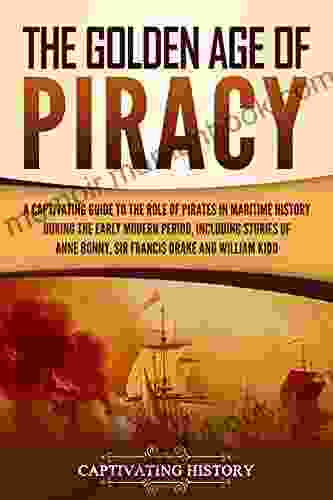
 Branden SimmonsA Captivating Guide to the Role of Pirates in Maritime History During the...
Branden SimmonsA Captivating Guide to the Role of Pirates in Maritime History During the...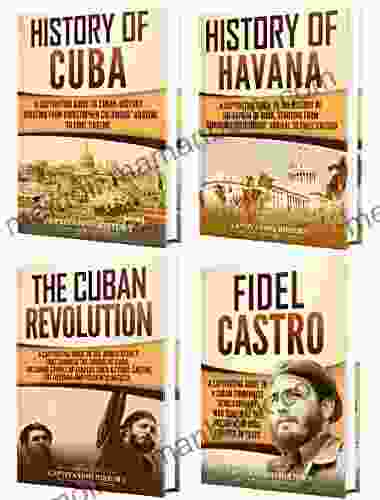
 Hamilton BellA Captivating Guide to the History of Cuba and Havana: The Cuban Revolution...
Hamilton BellA Captivating Guide to the History of Cuba and Havana: The Cuban Revolution... Ibrahim BlairFollow ·2.6k
Ibrahim BlairFollow ·2.6k Jeremy MitchellFollow ·4.6k
Jeremy MitchellFollow ·4.6k Michael CrichtonFollow ·13.5k
Michael CrichtonFollow ·13.5k Bo CoxFollow ·10.1k
Bo CoxFollow ·10.1k Arthur Conan DoyleFollow ·3.6k
Arthur Conan DoyleFollow ·3.6k Geoffrey BlairFollow ·17.6k
Geoffrey BlairFollow ·17.6k E.E. CummingsFollow ·13.1k
E.E. CummingsFollow ·13.1k Kenneth ParkerFollow ·18.8k
Kenneth ParkerFollow ·18.8k

 Robert Browning
Robert BrowningGeorge Gershwin's "Love You Porgy" from Porgy and Bess: A...
George Gershwin's "Love You Porgy" is an...

 Gary Reed
Gary ReedFitness Exercise Motivation and Goals: Build Lean Muscle...
Embark on a...

 Terence Nelson
Terence NelsonEat More, Train Less, and Get Lean: The Mr. America...
In today's fast-paced world, achieving a...

 J.D. Salinger
J.D. SalingerThe Mystical Poetry of the Wise Magi: Interpreting the...
In the realm of...

 Blake Bell
Blake BellStep By Step Instructions To Maximize Cryptocurrency...
Cryptocurrency...
5 out of 5
| Language | : | English |
| File size | : | 2491 KB |
| Screen Reader | : | Supported |
| Print length | : | 166 pages |


